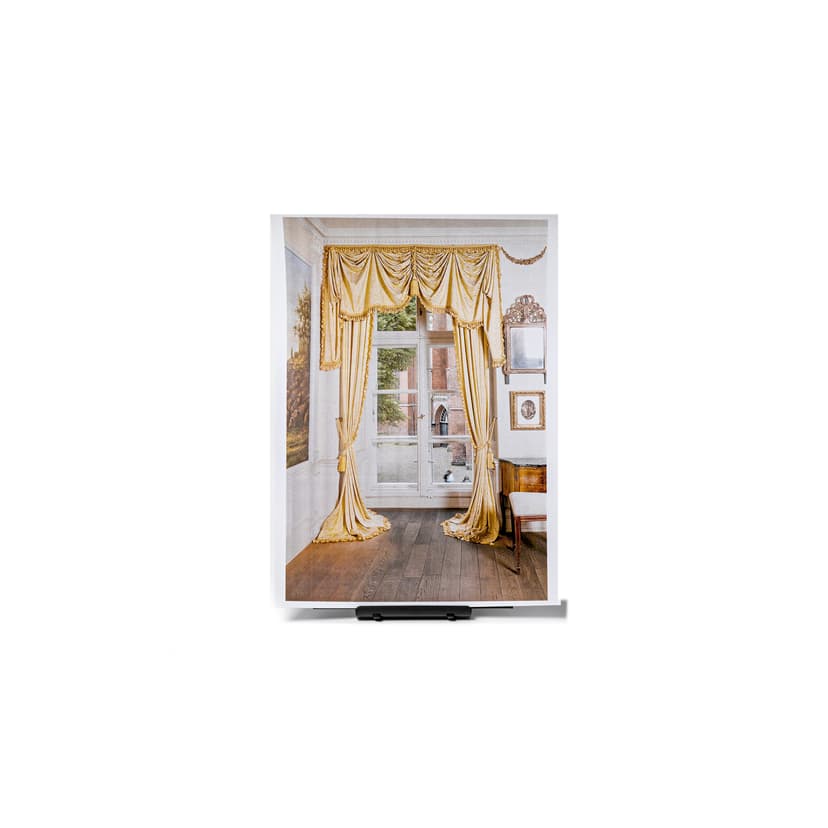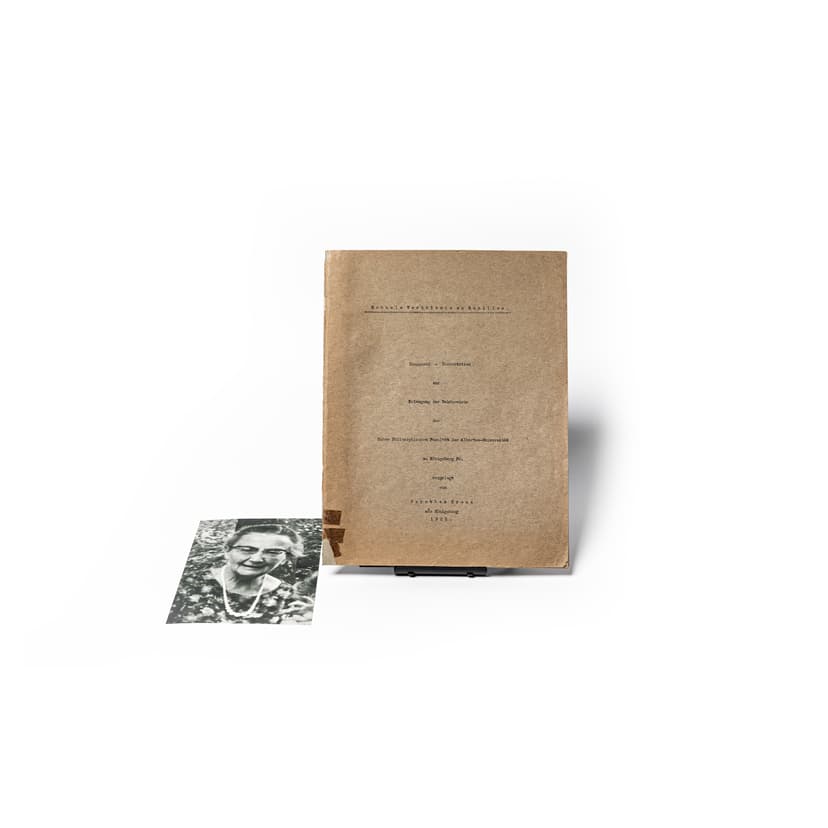As a young man, I lived in Stockholm to play rock music with a local band. I had a lot of free time during the day because my then-partner worked at the kindergarten. And then, on a whim, I went to the Royal Library to pass the time. There, I happened to find Thomas Mann in German. That's how I read Buddenbrooks for the first time. When I finished, I thought: That was the worst. Never again. It's so terrible how this child is ruined, this little Hanno Buddenbrook. How can you do that to a child, to overlook him like that? I lived with that feeling for over 20 years. In 1995, the then director of the Buddenbrook House, Mr. Wißkirchen, approached me and said, "You're interested in the connection between literature and the city. I think I could use you at the Buddenbrook House." I was supposed to be the academic curator of a permanent exhibition on the novel Buddenbrooks. So I had to read the book again. That's when my breakthrough came. Because I couldn't find the sad child anymore. Instead, I found the narrator. From that day on, I was a Thomas Mann fan. I've been closely associated with the museum for 25 years now.
There's a specific spot on the first floor of the house. When I look out from the dining room with the statues of gods, I'm standing in a place that is simultaneously a place where all the members of the Mann family have either stood, still stand, or will stand again—because the Mann family lives on. They come to visit and look out the window and see the upper Mengstraße in front of them. On the opposite side, they see the linden trees and, behind them, St. Mary's Church. This view is the same one the Buddenbrook family has when they celebrate, for example, a housewarming party. And the characters, let's say Tony or Christian, look out of these windows. And now I stand there, and I don't know who I'm actually thinking of. Am I thinking of Tony or am I thinking of Aunt Elisabeth, who was a role model for Tony? It's an interweaving of the real and the narrated city. The narrated city refers to a Lübeck that existed around 1900. But now I live in the city today. The city of Lübeck today is, to a large extent, similar to the city of 1900 because not much has changed architecturally. The small linden trees were already there in 1834. In the novel, they look out at the members of the Buddenbrook family. Now they look out at me. This interweaving of levels is something that defines my attitude towards life in the city. Am I actually in the world of the characters or an observer of the novel? Or am I now someone who looks at the themes from the historical perspective? In my life, these things often run parallel, but sometimes they also intertwine. When I stand at this window, something floats.
I moved from Hamburg to Lübeck in 1982. I had no idea about the city. My first wife's family has been intertwined with the city for a very long time. I've lived in Lübeck for 40 years now. When someone asks me, I sometimes say: I don't live in an ancient city, but in a myth.
We Lübeckers are very focused on the city center: its World Heritage status determines our perception. Postcards always show our old town. When a city is deeply rooted in the past, one's sense of time can be lost. That's the danger. Sometimes I think the city needs to leave the myth behind.
The people who appear in Mann's Lübeck are the last generation of the old Lübeckers. Today, these people are no longer there; the image of the honorable merchant is disappearing. Things have changed. Many families are moving here who like being in Hamburg but find Lübeck beautiful and are buying houses here. That's why prices have risen sharply in recent years. The new Lübeck has hardly anything in common with the old one; the architectural remains, the World Heritage site, are a physical connection between then and now. The places and people of the past only live on through the passing of stories. I am perhaps like a link to this old world. My friends from Hamburg sometimes ask me: How long do you intend to live in your museum? But today I can say: This is my city. I've been creeping up on it slowly.



